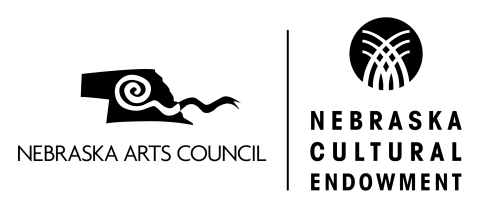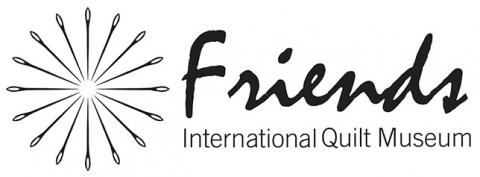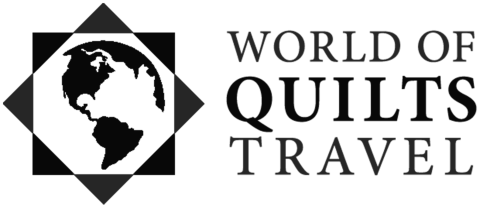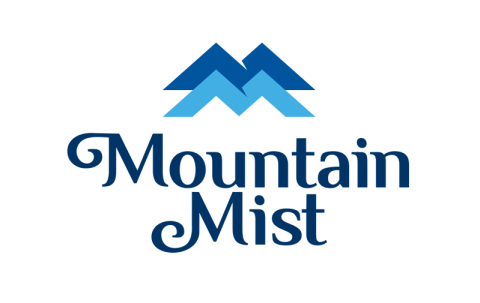Mola
Mola
Circa 1980
Made in San Blas Islands, Panama
16.25 x 19 inches, 48 x 48 centimeters
2014.035.0002
Molas blouses are created by the Guna, indigenous people of Panama and Colombia. Traditionally the mola panels – one on the front, and one on the back of the blouse – are reverse appliquéd, and often embroidered. Mola panels are made by layering various colors and cutting away fabric from the top layer, allowing a design to emerge. The design elements used in making molas perhaps have roots in the Kuna body painting tradition. Patterns often include plant and animal life. The reverse appliquéd and embroidered panels are two of the components that make up a blouse, along with two sleeves and a yoke. The mola blouse is often worn along with a wrap skirt, headscarf and jewelry.
Molas blouse panels made after about 1925, like this particular panel in the International Quilt Museum collection, may also incorporate imagery, motifs and designs from other parts of the world. To our eye, this panel brings to mind the Greek myth of the craftsman Daedalus and his son Icarus. However, it may represent an entirely different story.
The IQM recently acquired additional mola panels for the collection. Our researchers look forward to learning more about these pieces as we develop our global collection.
Below is another mola from the museum’s collection. It shows how the mola is incorporated on a blouse.

Maker unknown, made circa 1990 in San Blas Islands, Panama.
















